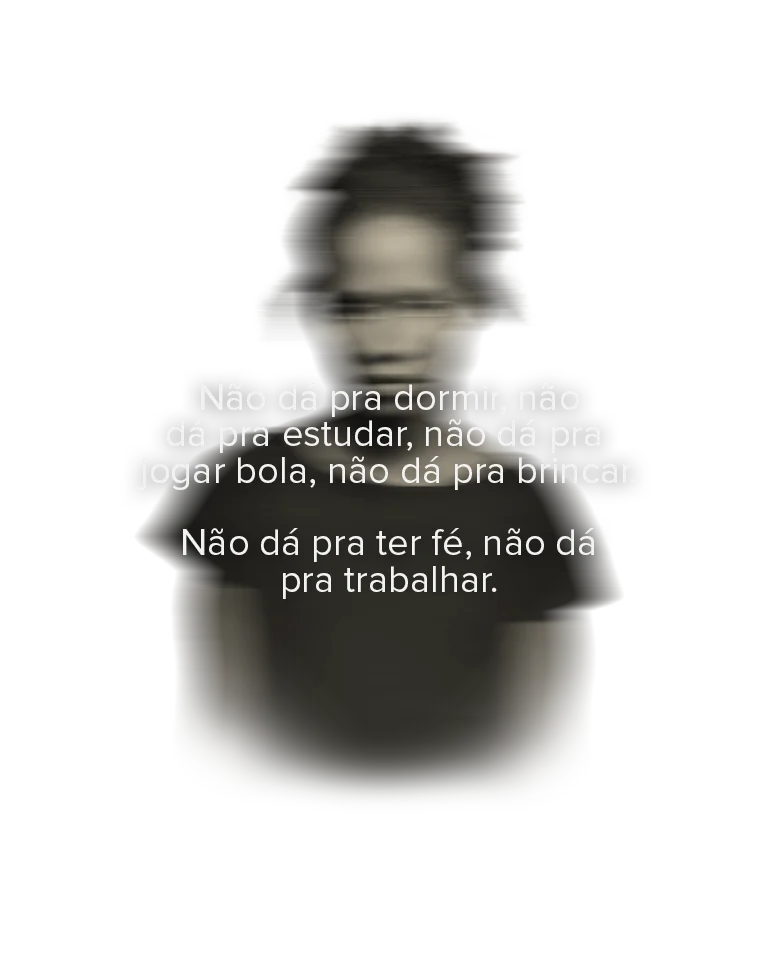Do you know how big this is?
Still, 64 million Brazilians suffer from some degree of food insecurity². But even if there was just one person who didn’t have enough to eat, we’d still have a problem. After all, food is a human right³.

But the reality in brazil is very different. Unfortunately, hunger has been with us for centuries. It’s a complex problem, with deep and diverse roots, which has yet to be resolved.




At the same time as thousands of people don’t know when and if they will have enough to eat, we are experiencing an incoherence: we are one of the world’s five largest food producers, and one of the 10 countries where the most food is wasted.
Brazil produces 161.3 million tons of food a year.
It is estimated that of this total, 55.4 million tons are wasted every year, from the field to the consumer’s home.
We cannot allow so much food to be wasted while thousands don’t know if they will have enough to eat.
There is still no official, integrated methodology for analyzing waste at every link in the food chain in Brazil. Therefore, seeing the size of the problem and measuring the impact of each stage is a challenge.

At the consumer stage, food waste is more associated with behavioral issues. A survey carried out in 2018 by Embrapa in partnership with the Getúlio Vargas Foundation reveals some traits in the habits and customs of Latin culture that explain why food often ends up in the garbage can.
Of the 1,746 Brazilian families interviewed:
Quer saber como você pode contribuir para reduzir o desperdício de alimentos no seu dia a dia? Baixe o guia gratuito “Lugar de Comida é no Prato”.
Food waste generates environmental impacts in the whole production chain, whether through the intensive use of land and water resources, the emission of greenhouse gases, the intensification of biodiversity loss or the generation of waste.
Food waste is responsible for 8-10% of global ghg emissions – 5 times more than emissions from the aviation sector.
In this process, 1/3 of agricultural land is used.
Hunger is a structural problem caused by many different factors. That’s why we know it can’t be solved by reducing food waste.
It’s time to join forces to transform this reality and build a future in which no Brazilian go hungry!
Overcoming this challenge is neither simple nor easy. It requires joint and coordinated action between governments, companies and citizens.
This pact starts here. Shall we do it together?